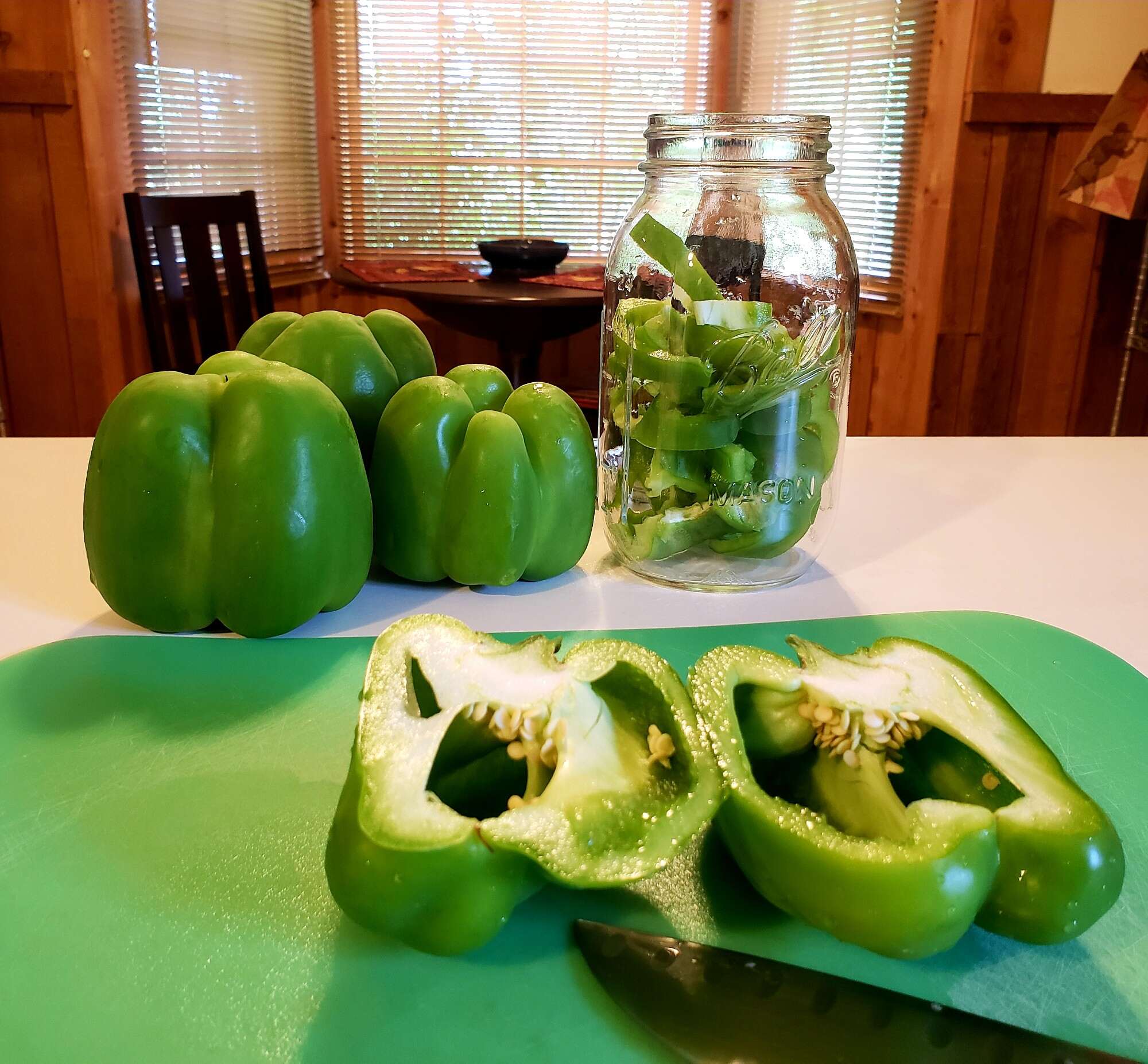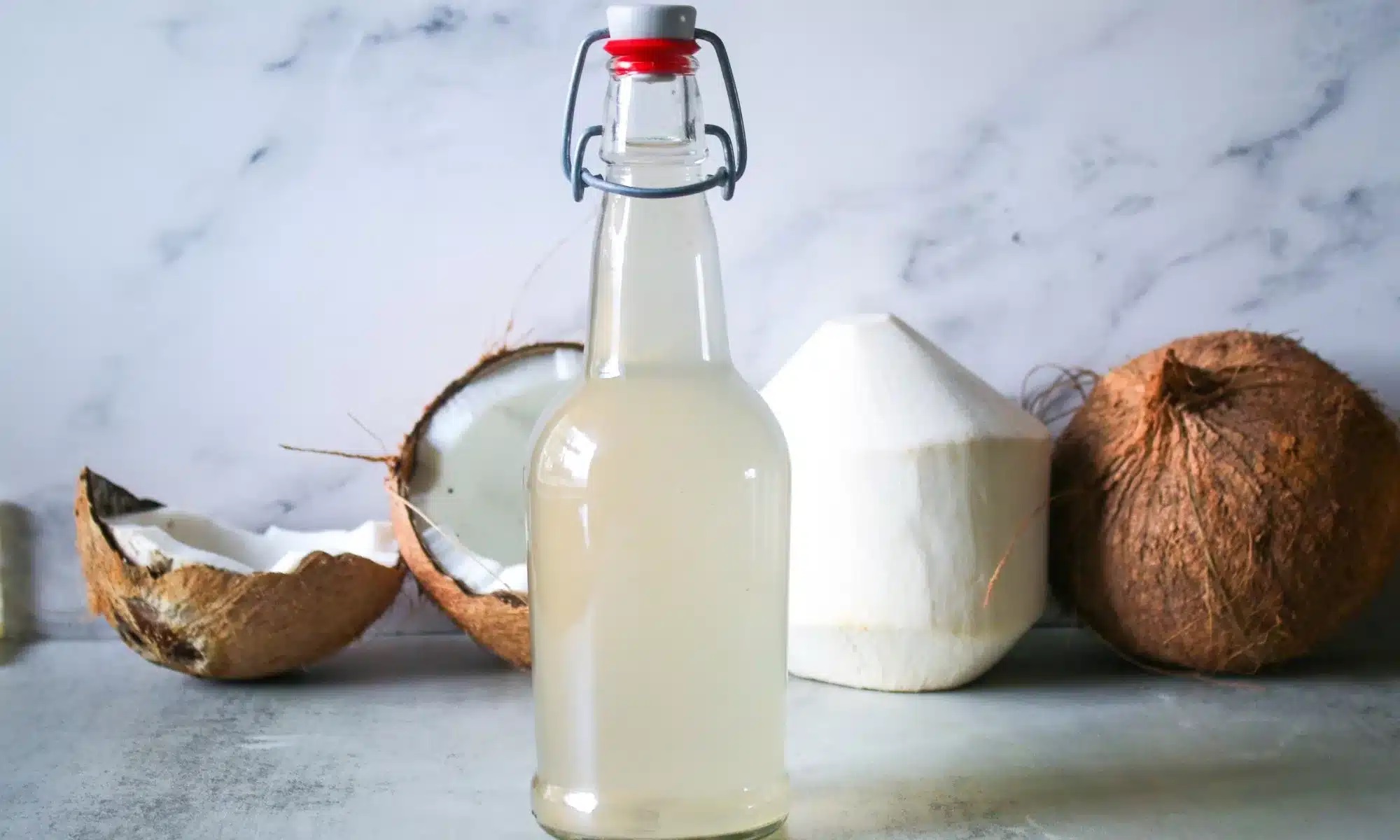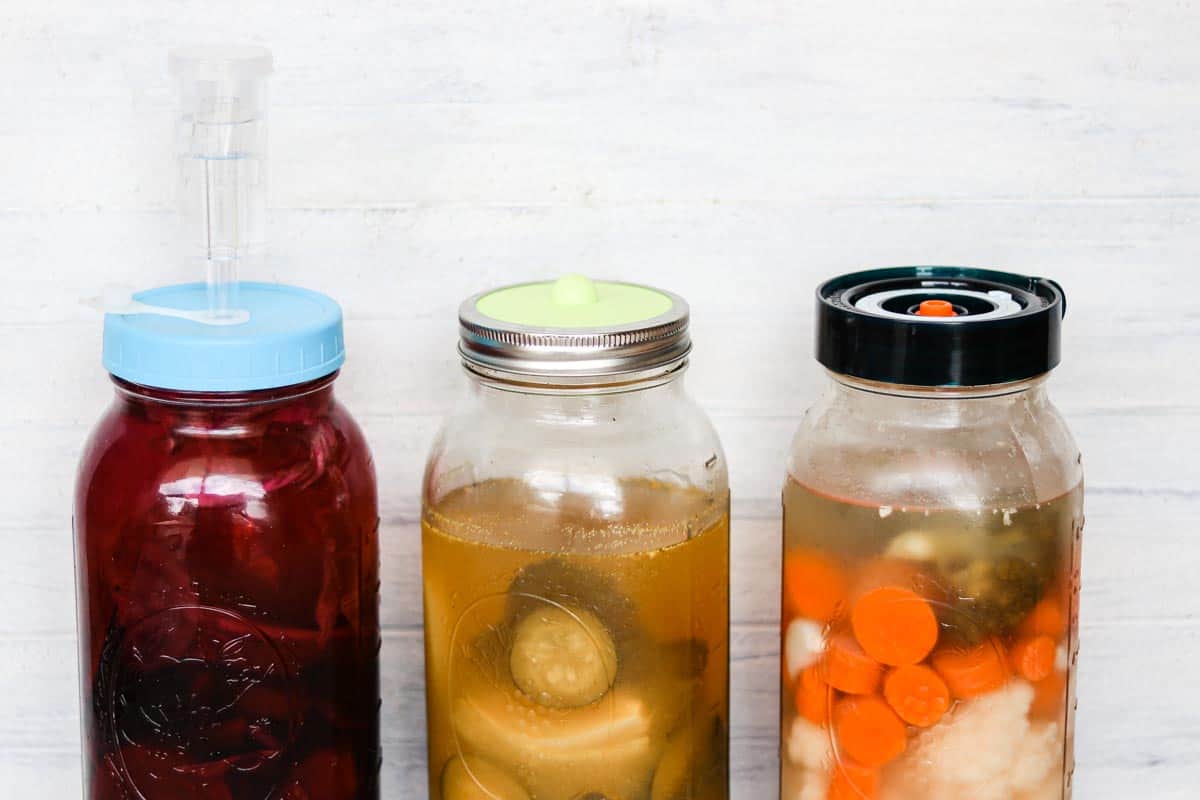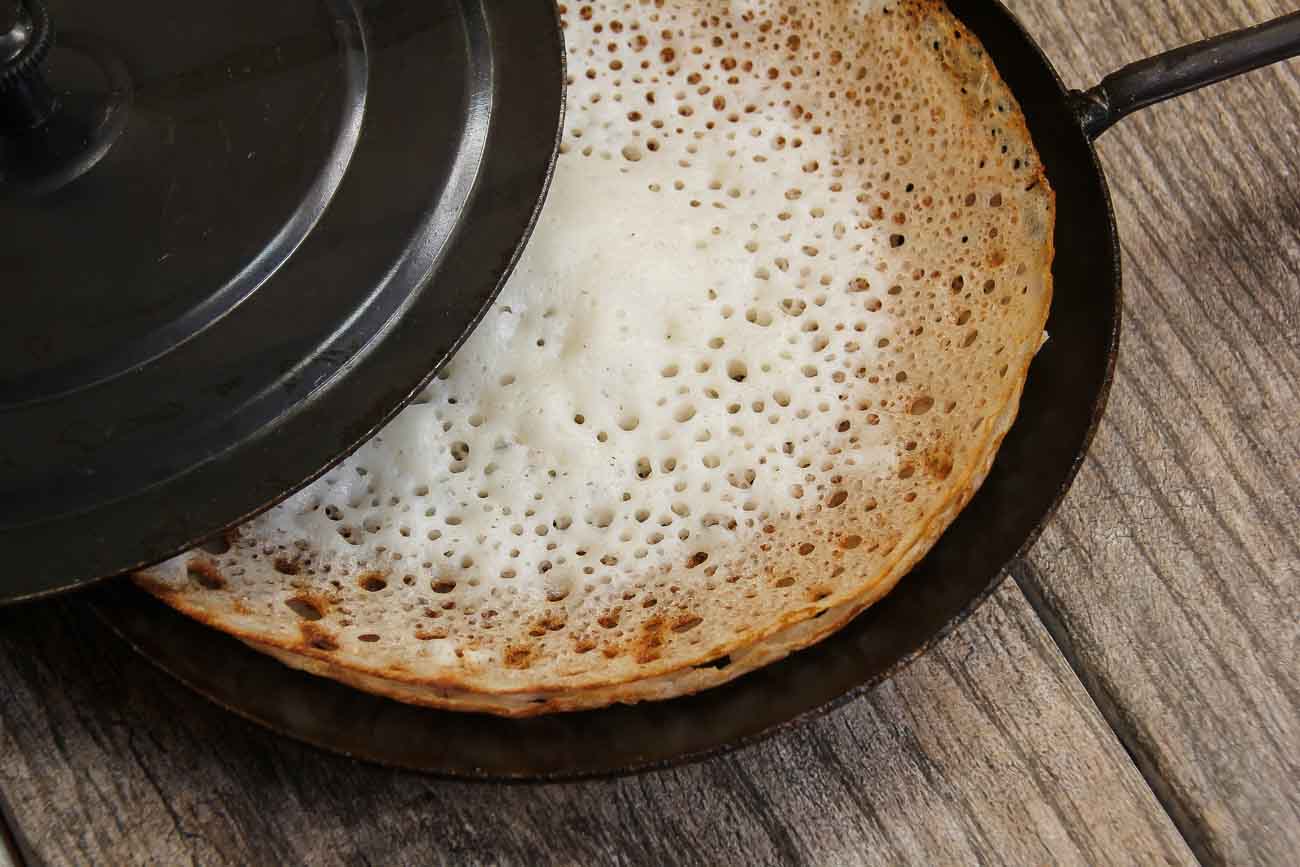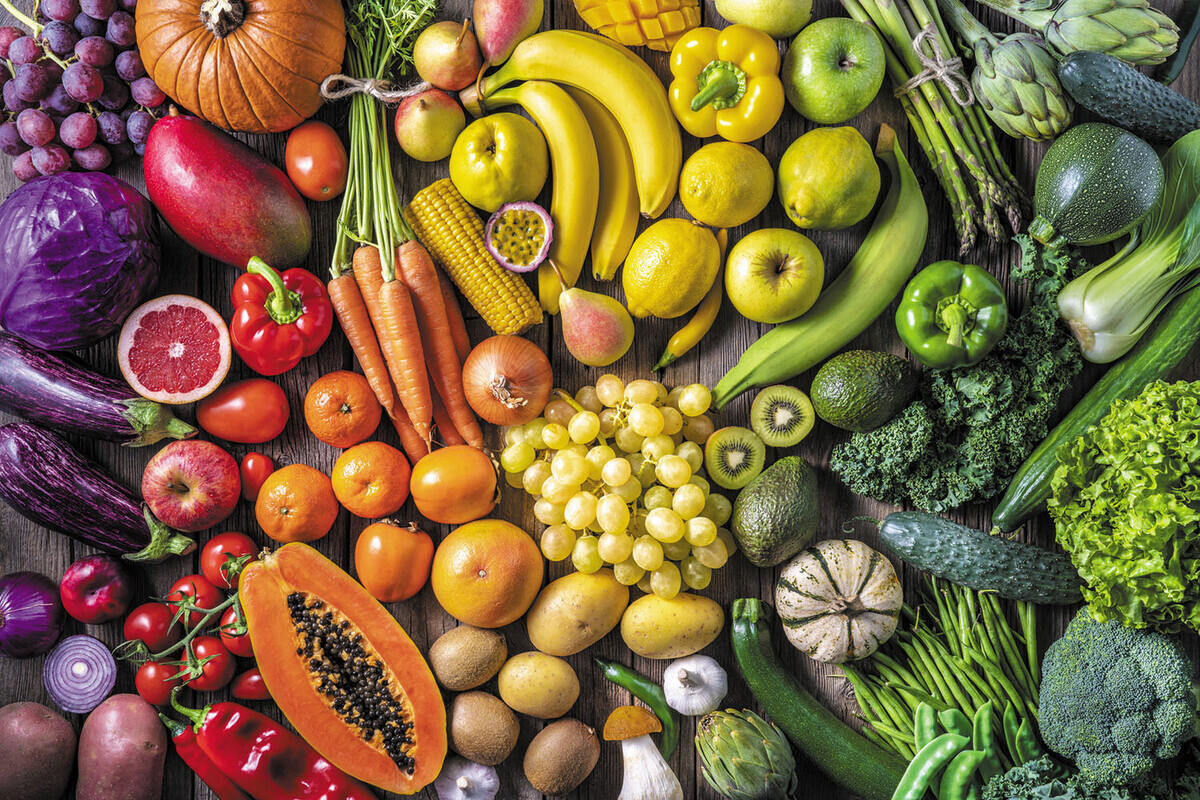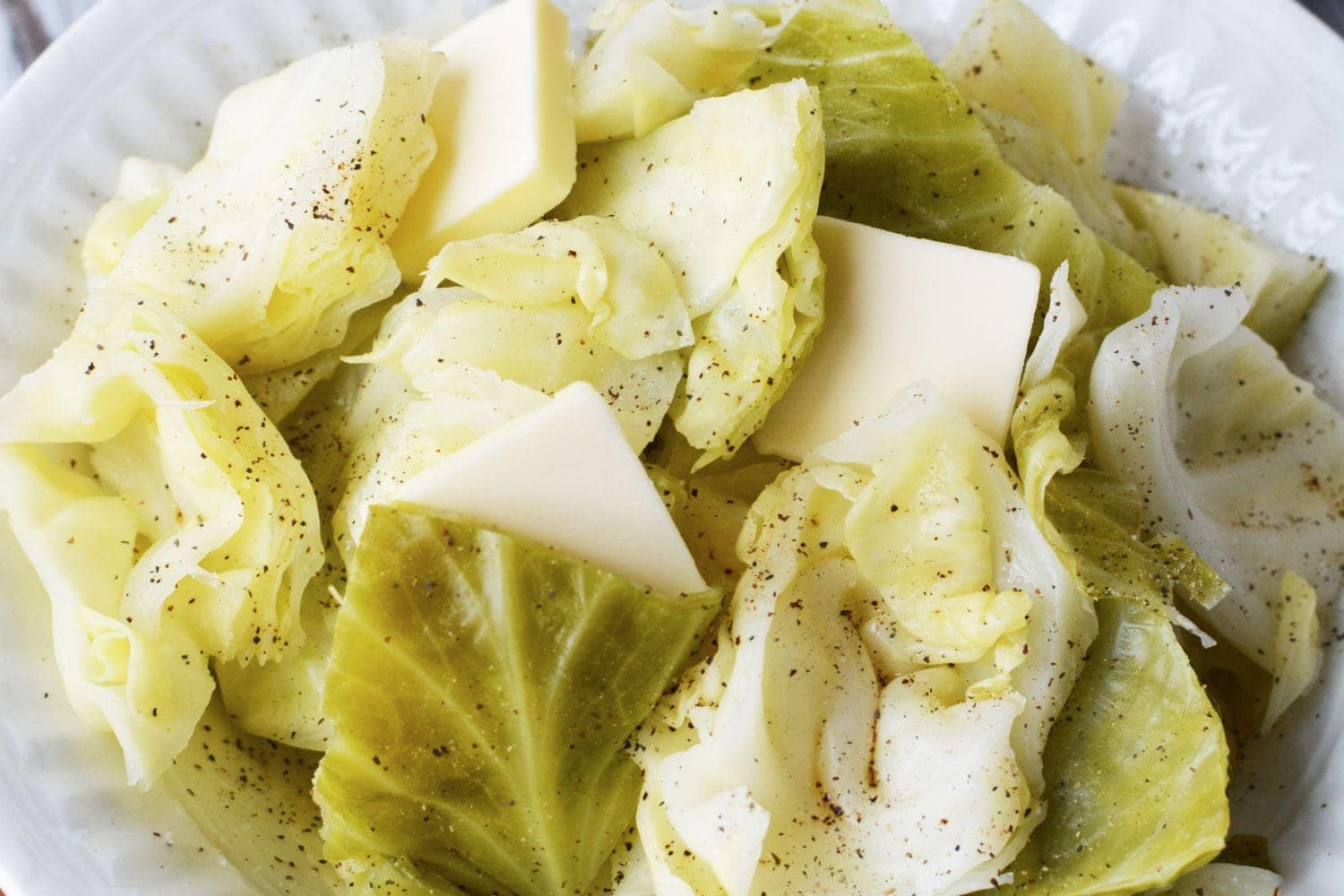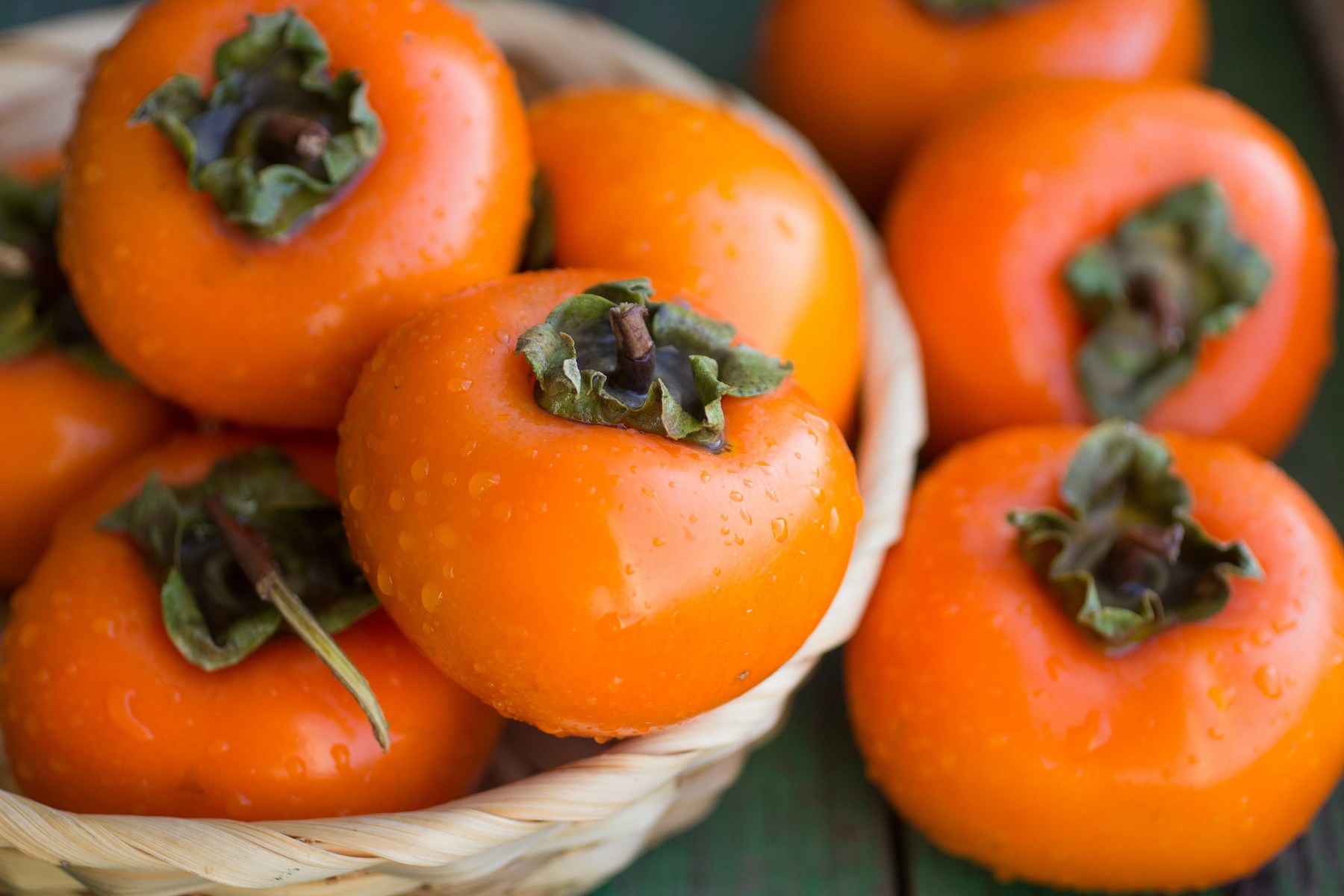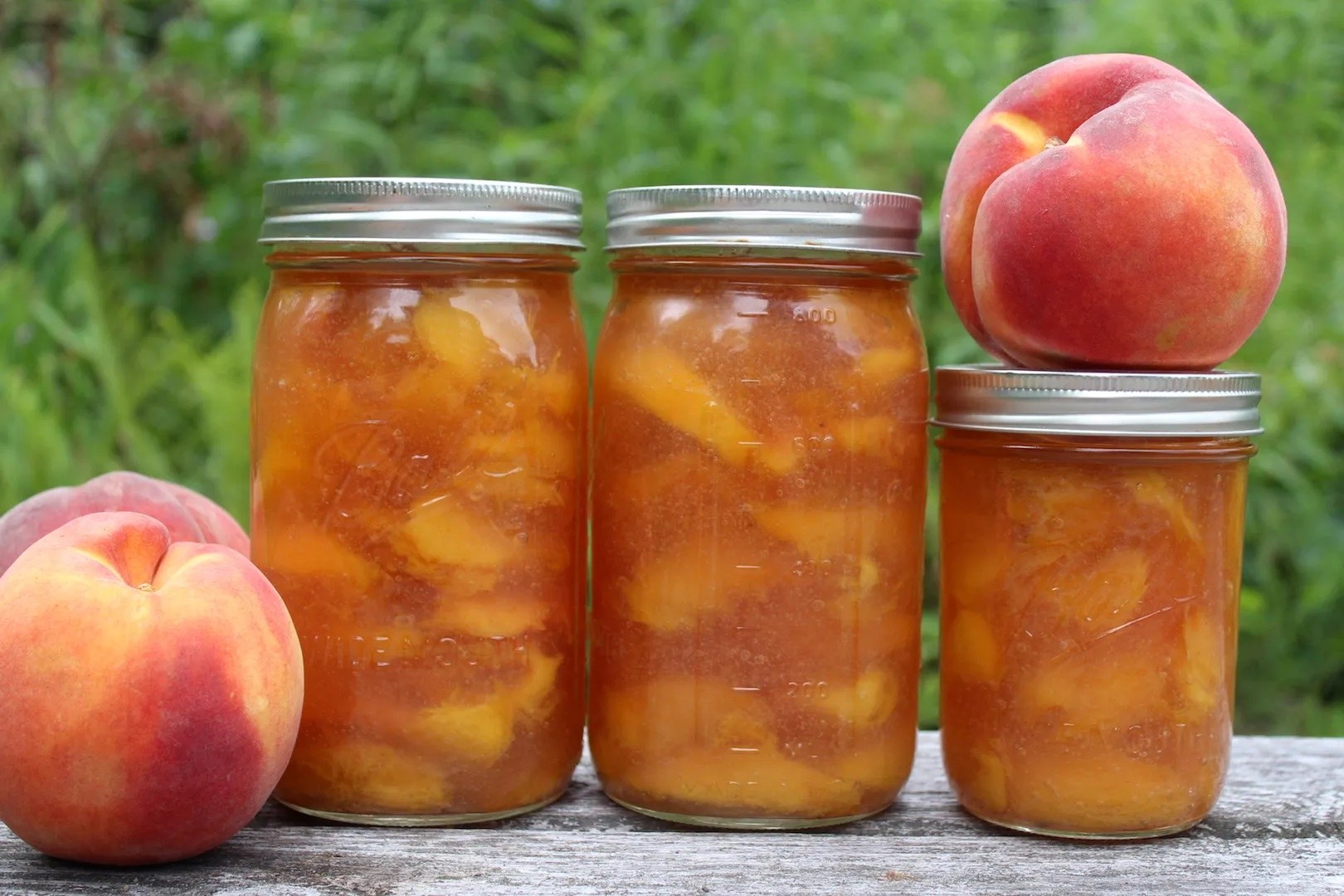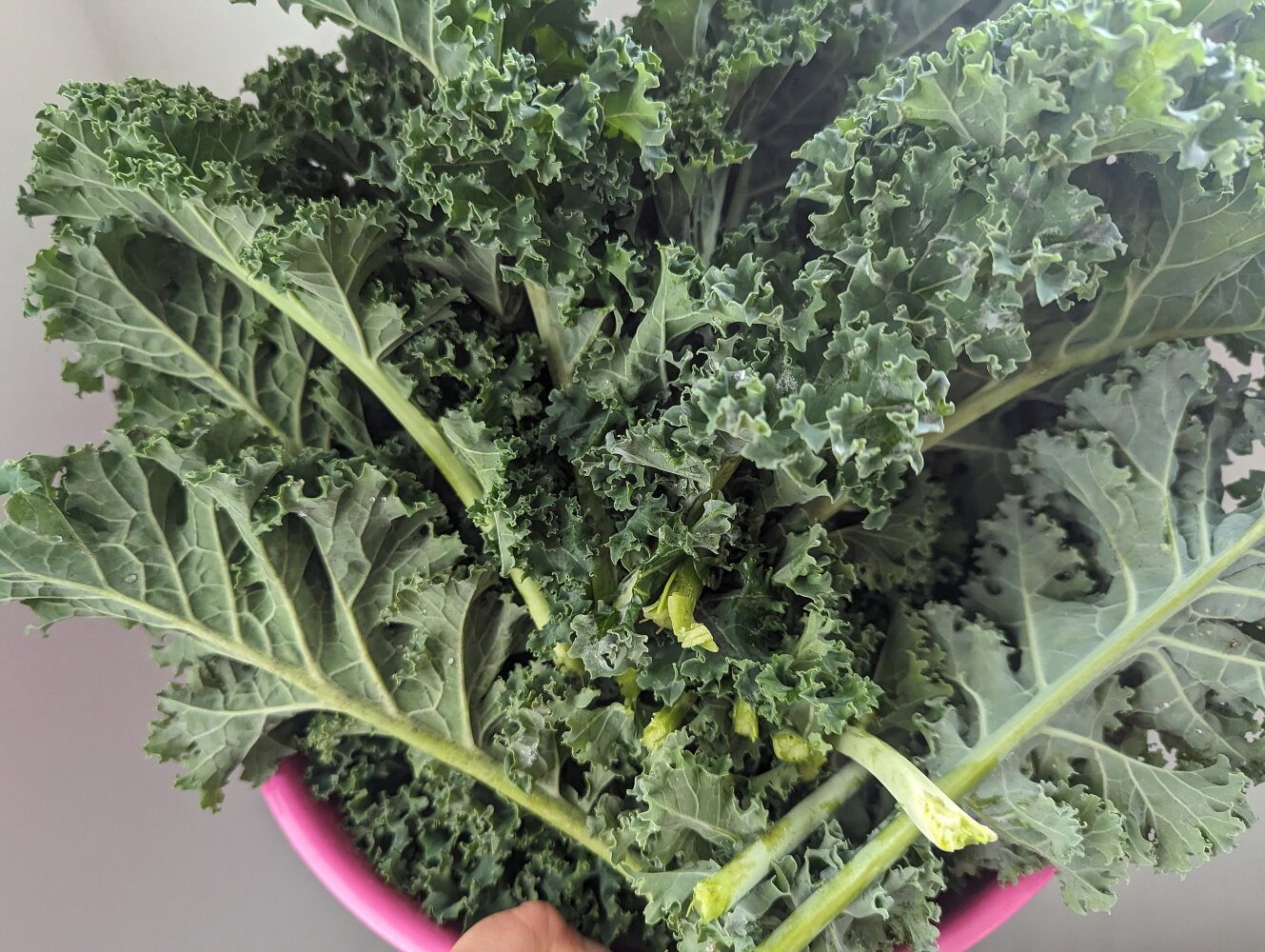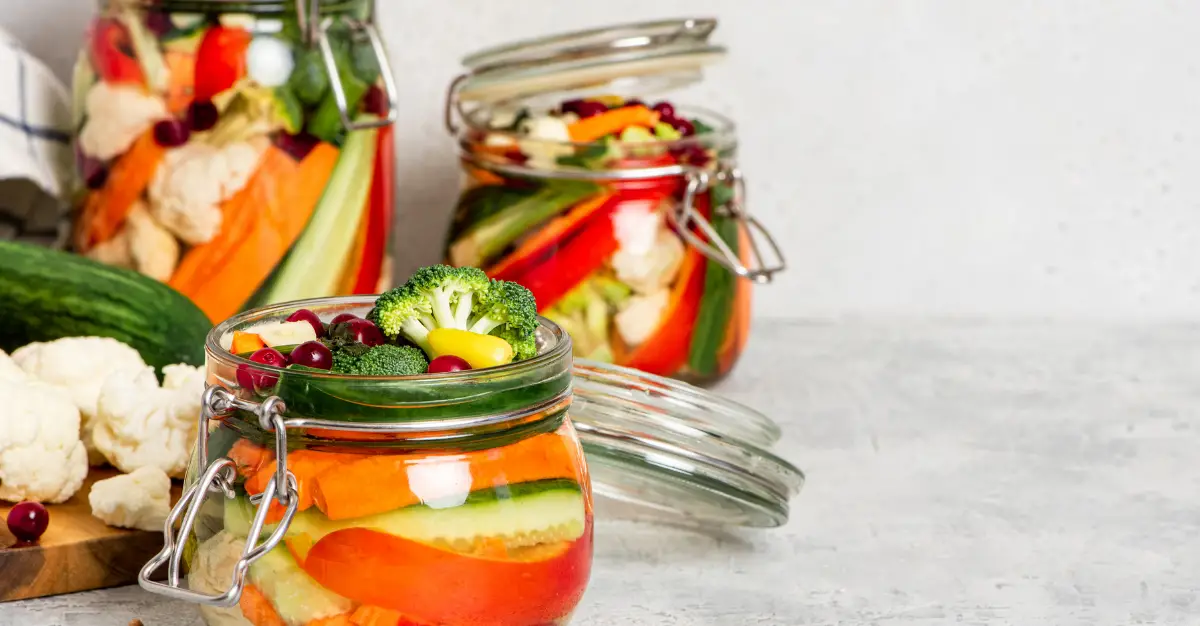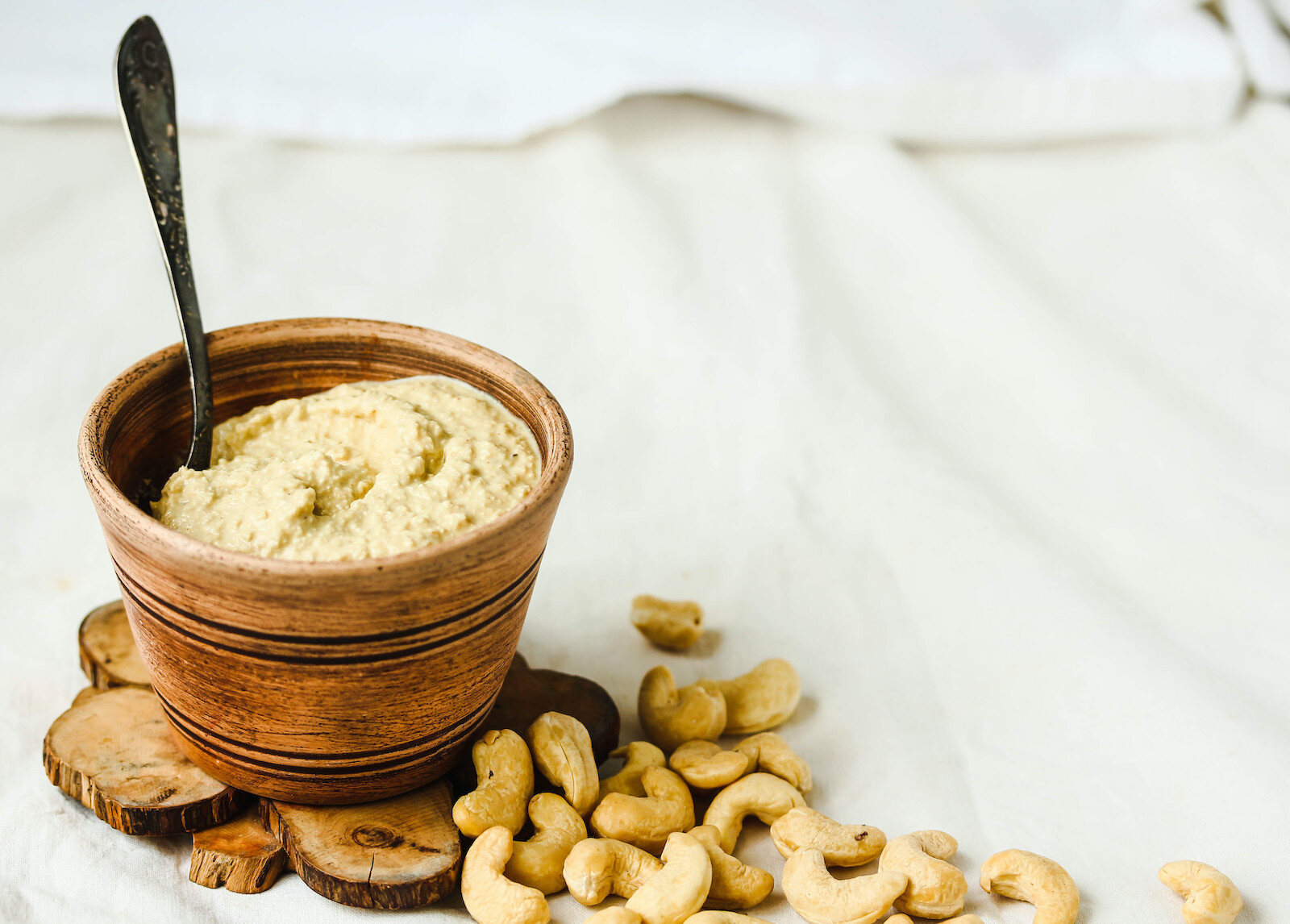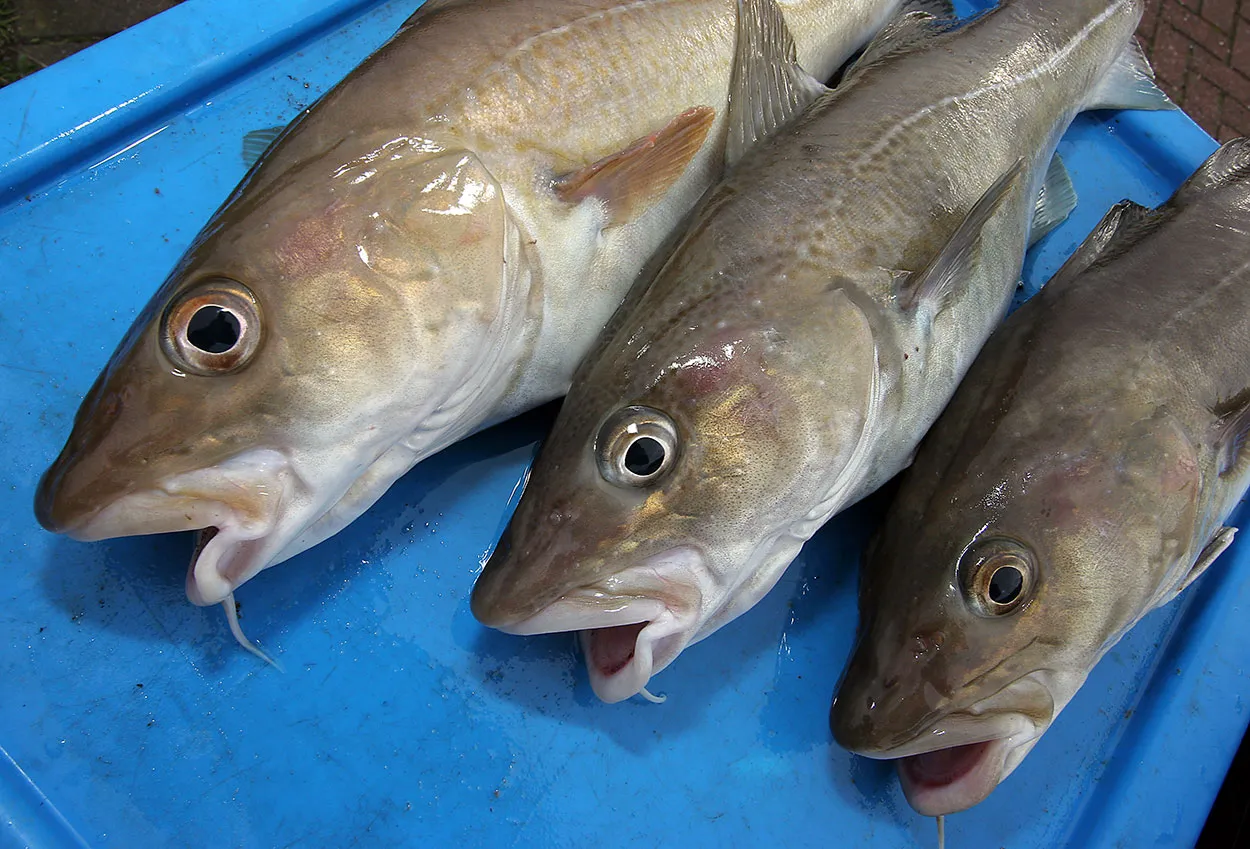Welcome to the World of Fermentation with Yeast
Have you ever wondered how bread rises, beer becomes bubbly, or grapes turn into wine? The answer lies in the magical process of fermentation with yeast. Yeast is a tiny organism that plays a big role in transforming simple ingredients into delicious and versatile products. In this article, we’ll explore the fascinating world of fermenting with yeast and learn how you can harness its power in your own kitchen.
Understanding Yeast and Fermentation
Yeast is a type of fungus that is used to ferment sugars, producing carbon dioxide and alcohol as byproducts. This process is essential in the production of bread, beer, wine, and various other fermented foods and beverages. The most common type of yeast used in fermentation is brewer’s yeast, which is specifically cultivated for use in brewing and baking.
When yeast is introduced to a mixture of sugars and warm water, it begins to consume the sugars and release carbon dioxide gas. This gas creates bubbles, causing the mixture to expand and rise. In the case of bread, this results in a light and airy texture. In the case of beer and wine, the carbon dioxide creates the effervescence that we love.
The Basics of Fermenting with Yeast
So, how can you start fermenting with yeast at home? Whether you’re interested in baking bread or brewing your own beer, the process begins with activating the yeast. Here are the basic steps to get you started:
- Activate the yeast: In most cases, you’ll need to activate the yeast by dissolving it in warm water with a pinch of sugar. This process allows the yeast to wake up and start consuming the sugars in your recipe.
- Add the yeast to your mixture: Once the yeast is activated, you can add it to your recipe. Whether you’re making bread dough or a batch of beer, the yeast will work its magic and begin the fermentation process.
- Allow time for fermentation: Depending on what you’re making, the fermentation process can take anywhere from a few hours to several weeks. During this time, the yeast will continue to consume sugars and produce the desired byproducts, such as carbon dioxide or alcohol.
- Enjoy the results: Once the fermentation process is complete, you can enjoy the fruits of your labor. Whether it’s a freshly baked loaf of bread or a cold glass of homemade beer, the end result is sure to be delicious.
Exploring the Possibilities
Now that you understand the basics of fermenting with yeast, the possibilities are endless. You can experiment with different types of yeast, sugars, and recipes to create your own unique fermented creations. From sourdough bread to mead, there’s a wide world of fermentation waiting to be explored.
So, whether you’re a seasoned baker or a curious novice, don’t be afraid to dive into the world of fermenting with yeast. With a bit of patience and experimentation, you’ll be amazed at the incredible flavors and textures you can achieve through the power of fermentation.
Conclusion
Fermenting with yeast is a time-honored tradition that has been bringing flavor and joy to our lives for centuries. By understanding the role of yeast in fermentation and following the basic steps, you can unlock a world of culinary possibilities right in your own kitchen. So, roll up your sleeves, gather your ingredients, and let the magic of yeast fermentation begin!
Was this page helpful?
Read Next: How To Ferment Fruit Using Kumbotcha Tea
